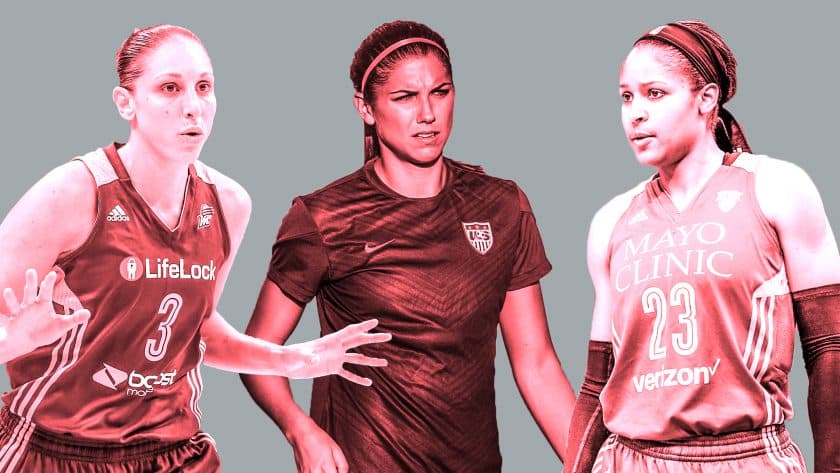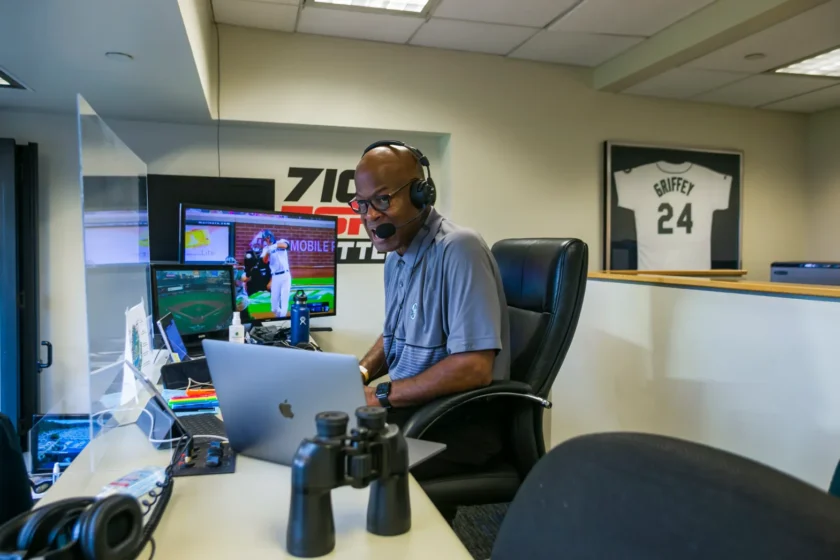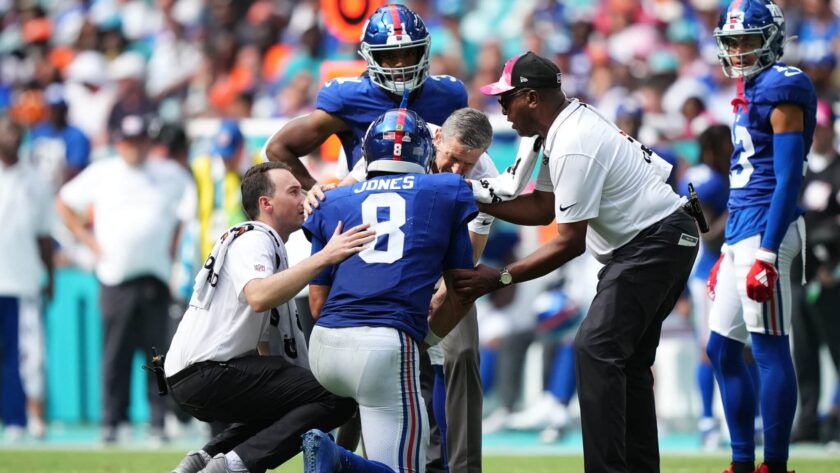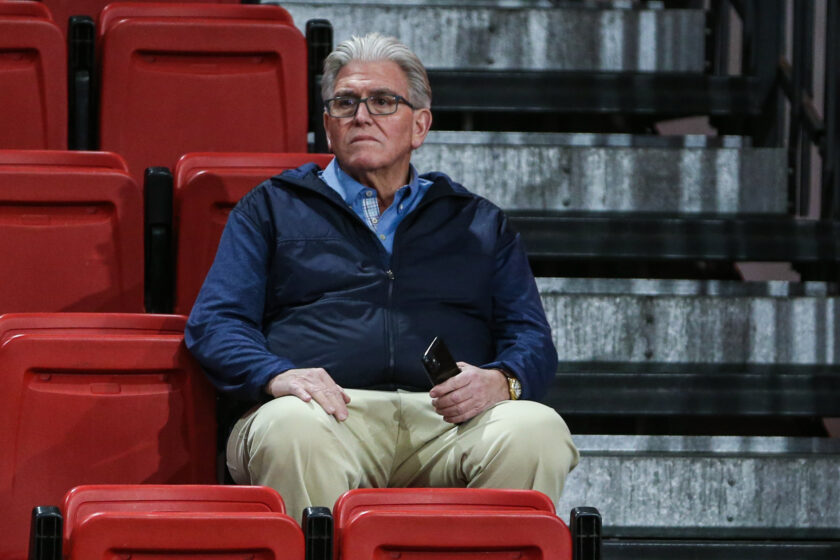Excitement surrounding The Athletic’s women’s sports coverage is very real

The excitement surrounding The Athletic’s expansion into women’s sports far surpasses anything espnW could do when they launched.
On Monday, The Athletic expanded its coverage to give readers complete access to all 12 teams in the Women’s National Basketball League. Unlike the launch of espnW, women have a reason to be excited this time around. This time will be different.
Attention for female athletes is always a positive, but we also have to wonder if separating women and men only drive a further wedge between genders.
When espnW launched in 2010, writers parachuted into teams to report the occasional feature or blurb. The biggest critique surrounding espnW was and is that women sports do not need a separate platform from the already-established ESPN.
Ten years later, critics appeared to be at least somewhat right as espnW has not become the hub for women’s sports that many hoped it would be. The ESPNW fact sheet on ESPN’s Media Zone states that espnW.com “strives to be the premier site for women’s sports.” Because espnW.com is a part of ESPN, it is difficult to determine how many readers espnW specifically attracts. But we do know that the number of unique monthly visitors to espnW ranges from three to five million and readers often have to scroll all the way down the ESPN homepage to find the espnW content.
Daily coverage by The Athletic will create a constant buzz around women’s sports that has been lacking. The Athletic’s coverage will be different because it is going to normalize women’s sports in media coverage, not niche women’s sports. By assigning a specific beat writer to each team and designating two reporters to write features on the league from a national perspective, The Athletic is treating women’s basketball the same way it treats men’s, equally.
Minnesota Lynx coach and general manager Cheryl Reeve called The Athletic out on Twitter in February of 2018, saying, “Why would a subscriber-based medium that claims ‘full access to all sports’ limit its earnings potential by not covering women’s sports? The Athletic does just that … and it’s bad business. #tiredofthebias.”
It turns out Reeve was right. With The Athletic’s growing success, it seems only fitting that women’s sports begin to be included.
By launching a WNBA site, The Athletic is taking on a realistic goal and fulfilling a much-needed void in the coverage of women’s sports. The timing is right because the growing talent in women’s college basketball has deepened the playing pool across the WNBA. University of Connecticut fans will continue to follow Katie Lou Samuelson in Chicago and Notre Dame fans will watch Arike Ogunbowale represent the Dallas Wings. Even casual women’s basketball fans recognize these names, bringing more attention to the league.
Of course, women’s basketball is not the only women’s sport that needs more coverage. But The Athletic is being smart, not stingy, by starting with only basketball. It is more respectful to women’s sports that The Athletic provides comprehensive, thoughtful writing on one sport rather than rushed storytelling on three. As a subscription-based site, it will be interesting to see how the 12 female WNBA writers affect the numbers.
[sc name=”Elite Access” ]Cheryl Cooky, associate professor at Purdue University, did a study in 2017 on women’s sports where she coined the term “gender-bland sexism.”
Gender-bland sexism happens when commentators downplay the achievements of female athletes and convey less excitement about their wins. The 12 women hired by The Athletic ensure that the coverage of the WNBA will not be subject to the sexism that female athletes sometimes face in the media.
As Shira Springer, a 20-year sports journalist who today covers stories at the intersection of sports and society for NPR, says, “Like inconsistent coverage, mysteries and misconceptions make it hard for women’s sports to build a passionate, loyal following.”
By pulling back the curtain on these professional women, fans will hopefully feel more invested in these female athletes.
And at the same time, fans will grow more connected to the writers. A 2015 report by the Women’s Media Center found that women only generated 10.2 percent of sports coverage. Together, the women at The Athletic are not only helping to highlight female athletes, but they are advancing women in sports media. We should place these women on the same level as anyone who covers a men’s team. The pinnacle of sports coverage is not covering men at the professional level—it’s covering sports at the professional level.
Up until now, espnW has been the platform for women’s sports coverage, but since its inception, the site has not faced much competition. Now that is changing. With luck, this competition does what competition in sports always does: make all participants better.
[sc name=”Generic Link Next” link=”https://elitesportsny.com/2019/05/25/new-york-liberty-lose-2019-opener-in-heartbreaking-fashion-highlights/” text=”Liberty Lose Heartbreaker On Opening Night (HIGHLIGHTS)” ]





